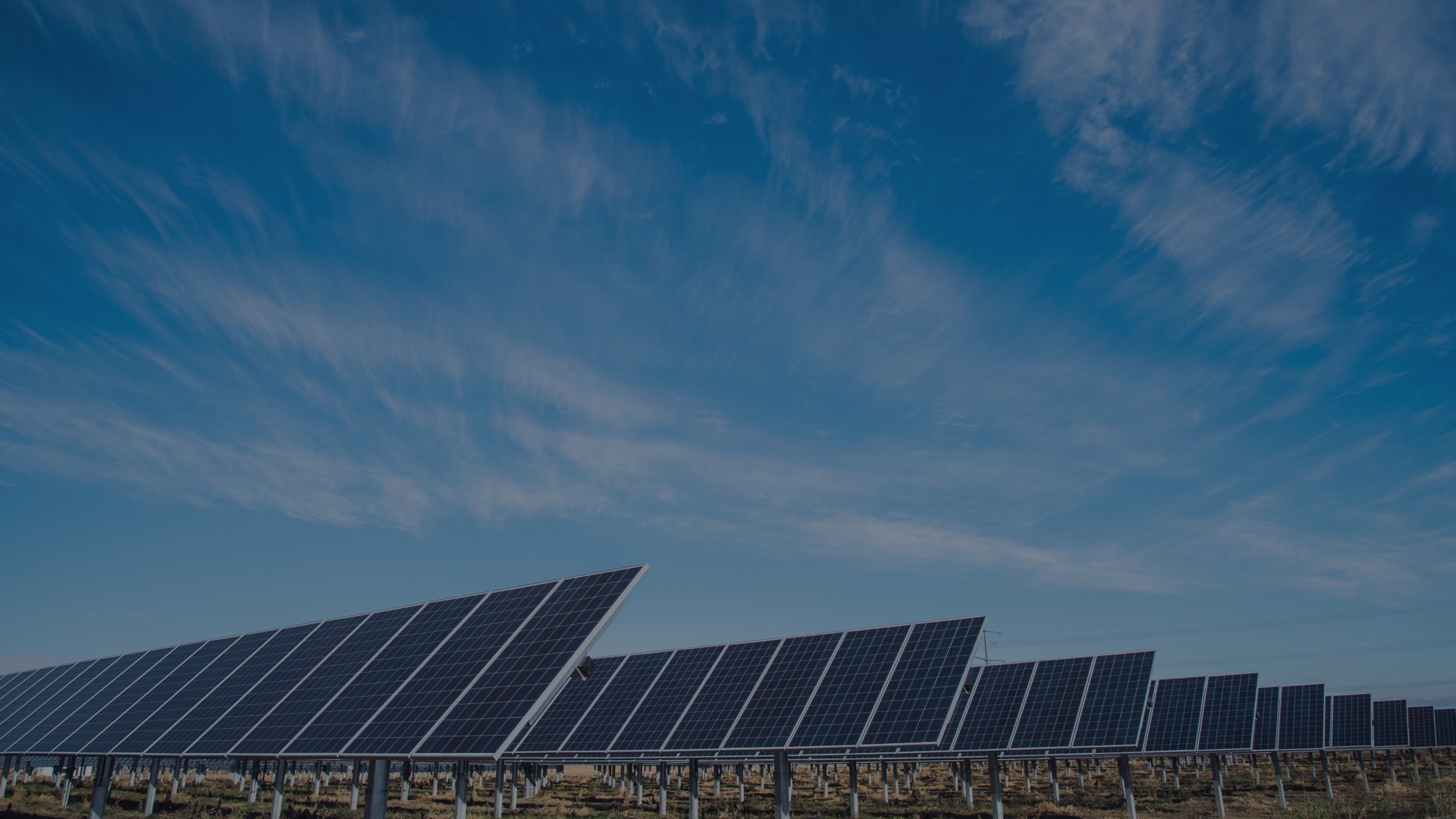In the U.S., the Energy Policy Act of 2005 currently provides a 30% tax credit on all solar systems installed by private homeowners and businesses. This policy is set to expire at the end of this year, though newly proposed legislation would extend these same credits until 2016.
Of the total solar-energy market, 95% is dominated by photovoltaic solar power, which directly converts the sun’s rays into electricity. These panels use silicon, a material that raises its own environmental red flag, though industry professionals claim it has had no proven negative effects on the environment. In 2004, high demand for solar panels led to a bottleneck in the supply chain of silicon, driving up prices—and providing opportunities. “There’s currently a lot of money being invested in new silicon production capacity to respond to the demand,” says Chase.
But despite growth in the sector, solar power still plays a minimal role in energy production, with only .03% of worldwide electricity generated from photovoltaic power. As Chase points out, the technology is still underdeveloped, though that hasn’t stopped innovative engineers and designers using what’s available to produce viable, commercially focused products.
One such group is London-based SolarLab, which was founded in 2006 by Swiss-born Christophe Behling. Behling, a designer who has previously worked with companies such as Tag Heuer and Nokia (NOK), has created items from luxury products to solar vehicles. He designed the world’s largest solar-powered vessel in Hamburg, Germany. The Hamburg Solarshuttle seats 120 passengers and was launched in 2000. To date, Behling has designed over 40 solar-powered water vessels, from large, commercial boats to smaller, private boats for personal use.
05.07.2007
Silicon Panels Still Rule
Other News
